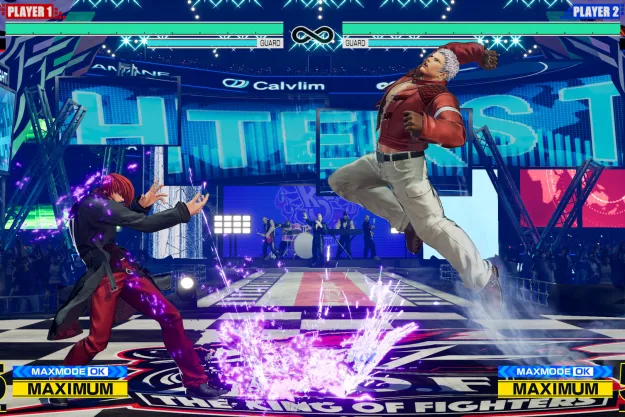I might have a high tech background, but I’m a fashion girl at heart, which is why the new trend in stylish technology has me more than excited. After years (and years) of being limited to relatively bland, boring design in cell phones, PCs and laptops, we’re suddenly bombarded with sleek, colorful products that look slick on a desktop or in your pocket. Should we all thank Apple for this? Probably. After all, it was only until the iPod gained in insane popularity that other electronics manufacturers started to realize that even the geekiest of us liked a little element of style to our high tech stuff.
Nokia’s new Luna cell phone plays on the trend with the same chic, sexy vibe found in most high tech products today, yet takes things up a notch with a bit of creativity not seen before. It’s encased in a durable smoked glass, which allows the keypad to remain visible once its slider is closed. Tucked beneath this is an illuminated keyboard that glows and pulsates like an old school plasma globe, which adds a cool, unexpected feature for the hipster you are. Nokia bundles with soft-touch stainless steel – if you’re not mesmerized by the reverberating light, you’ll at the very least enjoy looking at your fashionable self.
It’s no wonder that Luna’s arrival was as anticipated as a celebrity showing up at a club. Its defining feature is its smoked glass sliding mechanism, but I think it’s the pulsating light that really takes “bling” to the next level.

Yet, good looks aren’t the only thing Luna is about. Packed beneath its jazzy exterior are all the bells and whistles you love in a handset, including 2-megapixel camera, Bluetooth, music player and video recording, plus quad-band GSM support, an OLED screen and microUSB port (so you’ll look cool and smart as you jet around town). It’s a thin 4.2 x 1.8 x 0.6 and weighs just 5.0 ounces, with 3.7 hours of talk time and 240 hours stand by, with the usual feature set such as email and speakerphone.
And, like any true fashion piece, Luna was inspired by none other than the goddess of moonlight herself, who captivated the Romans with her mysterious, illuminating glow.
Feeling enamored? That’s where beautiful Luna pulls the rug. A quick Google hunt for pricing on this hot little number and at minimum, she’ll set you back nearly $800 – a price that will more than likely cause even the most swank trend-setter to balk. After all, when you start talking a thousand dollars for a fashion item, all kinds of competition comes to mind. Though I love Luna’a sleek, sophisticated look and feel, clocking in at the same price as a good designer handbag (or shoes) quickly puts my mind on something else.
Nokia properly positions it as a “luxury item”, but for the price, I can have the LG handset designed by Prada – and get the extra credit for having a true designer phone.



